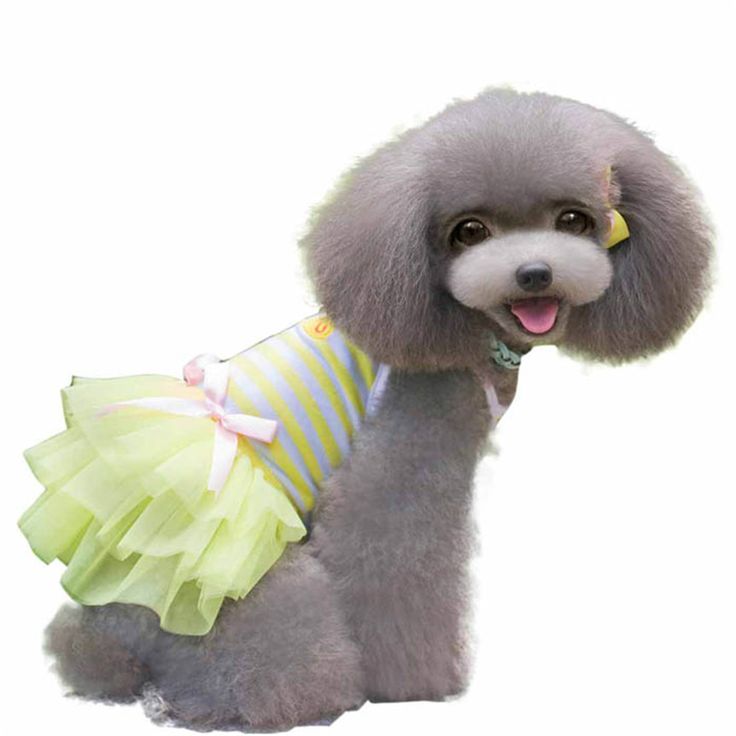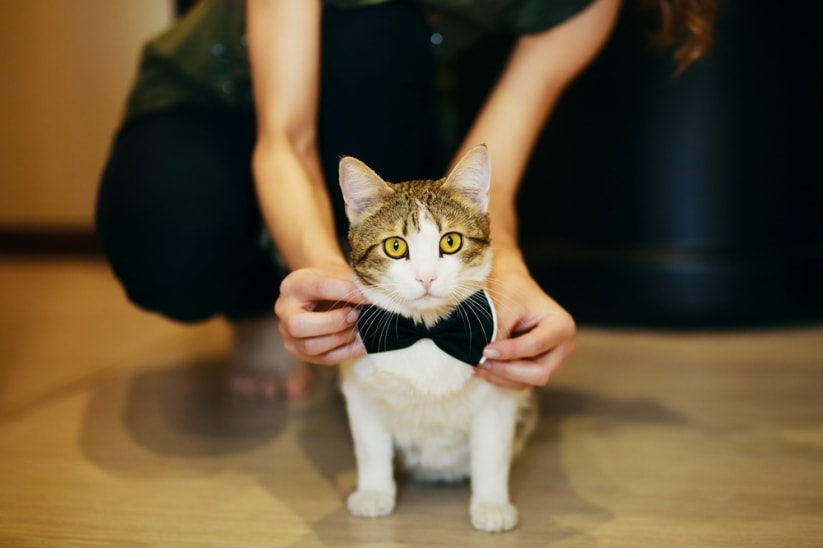You no longer have to worry about the size or its color.
If you ever had a dog, you probably went to a dog park where you met other dog owners. If you are not lucky, you may need to drive one of the pretentious types. As far as humans are concerned, there’s always a guy who’s a little too proud; He flaunts his purebred Bernese mountain dog and claims that due to his six generations of purebred sledding, he can drag an SUV uphill in a snowstorm.
Or because of its rare phenotype, which causes green eyes in only two percent of the breed, your dog will always be unique in its genre. Their animals took years to selectively breed to create, which in turn reflects their sense of accomplishment and style.
The whole situation may seem absurd, but it has a truth tone. People want their pets to reflect who they are and that they are unique in appearance. Some can do this through preparation, others through breeding, while others are content to put a funny sweater on their dog and call it one day.
As a result, we are left asking many questions. For example, where is a line drawn when changing the appearance of your pets? Are we aware of the effort that is made so that the animals see themselves and act in the way we want? What does the future hold for the appearances of our furry friends, and are all those who genetically create a bad animal? Having worked in the pet industry for many years, professional dog breeder Linda Butterworth can offer an idea of why people want an animal to look a certain way and how difficult it is to do.
Appearance through breeding and genetics

Butterworth has always had a strong connection with animals, so when the time came to find a path in life, he chose the life of a dog breeder. It may not sound glamorous at first, until you realize the work that goes into raising a healthy animal. Explain how “most people think that breeding is simply to unite two dogs, but in reality it is not like that.” In addition to hooking dogs, there are several complications and risks that should be taken into account in breeding; Some of which include the loss of puppies, unexpectedly large litters and emergency caesarean sections.
Not only is their work important, but in many cases it saves lives. Butterworth continues to mention that if people want to admit it or not, popular trends impact the needs of their clients; From famous pets to Internet memes, various circumstances can affect why people want a certain race or style.
When it comes to customizing a pet’s appearance to fit a specific person, Linda has experience. She describes her work in designer breeds in detail by saying: “There are two different crossed breeds that are bread.” When the time comes, the new puppies will be cared for, receive proper medical care, given a fancy name and sold for a price. elevated. “Butterworth explains that the process is not cruel or against nature, but when people do this to get a unique look they are not considering all the aspects at stake. Your new personalized race is not the next big thing, in fact, what they are doing is paying a lot of money and getting a stray dog. “This is not bad, it just means that in the future the owners have no control over the breeding because the animal is not purebred.”
Finally, Butterworth mentions that the job of a breeder is to create healthy and happy animals. She says that “breeders often get upset when someone wants a specific color, sex and size, we raise puppies and not robots.” However, she believes that everything is possible in the future. “The idea of a specially created dog does not sound so preposterous, if there is money to be made, someone will do it.”
Appearances through preparation and why we want certain looks.
If there is not necessarily anything wrong with the genetic aspect of a personalized appearance of a pet, is there any harm in changing the color of an animal’s skin? Molly Denton, long-time animal lover, registered veterinary technologist and breeder petted some data on the appearance of pets.
Denton chose his career to help as many animals as possible. When she states that there is no harm in changing the fur of an animal, or the color of the hair when it is done correctly, there is a good chance that she is right.
She goes so far as to say that in most cases, any professional grooming facility will handle any design, design or color easily and most animals do not even care once the process is done.
What Denton brings to the table is the understanding of why pet owners want personalized hybrid breeds, and why a person dyes an animal’s fur to look a certain way. Molly reveals how there are two types of people when it comes to how a pet looks. Those who want a traditional, recognizable and old feeling of their pet and those who want something original and new. “Some people want their pet to look like the animal that we have all come to understand and recognize easily.” Further on he goes on to state that many owners want the traditional look of the classic races, regardless of whether the animal will ever meet its true purpose.
Then there is the other side, those who want a completely different looking pet. “I have been contacted by clients or clients who want certain eye colors, others want a Chihuahua to be much stronger than it could ever be.”
She points out that a client’s wishes are often reduced to a feature checklist to apply to any race. She emphasizes that “people need to understand that not all physical traits can be applied to any race and trying to force that to obtain a special or interesting appearance can cause problems along the way.” However, she knows that the future can bring any possibility.
Personalized appearance experience

If your pet’s appearance will not necessarily cause lasting damage, as long as people understand the physical boundaries of a breed, and the dye jobs will not cause any harm that leaves the question of what it is like to actually own an animal personalized hybrid. Mark Leitch can give an idea of the world of owning a pet out of the ordinary.
Leitch bought his only friendly African parrot for the first time, he was fully prepared for any problems that might come his way, but even he was a little surprised by what happened. “Eventually I realized that their patterns did not match the traditional appearance of either of the races from which it came.”
His parrot was a cross between an African parrot with a yellow nape and an African parrot with a yellow head. He understood that there would be different physical aspects, what he did not count on was a difference in behavior. “The parrot was too affectionate, even for a young bird.” He goes on to say that all this was due to his crossbreeding heritage. “When my wife and I investigated it, we discovered that it had a mixture of physical characteristics and temperament of both races.”
Despite being very pleased with the benefits of a custom-designed appearance and attitude of this new parrot, Leitch would not personally recommend everyone to deviate for their own special pet. He understands the appeal of a unique pet, but does not believe that people need their animals to look or act differently to be special.
Knowledge is really the answer to create personal appearances. If we know the limits of the chosen breed, we understand the best way to care for the animal and the risks of having a personal pet should not be an ethical dilemma. It is when fashion, trends and popular opinion dictate the literal creation of an animal that causes problems. Most are happy to give their pet a nice hot bath and maybe an elegant necklace to make a difference. For those who use genetic engineering to get the results they want, it may not be so bad, as long as they have all the data.






